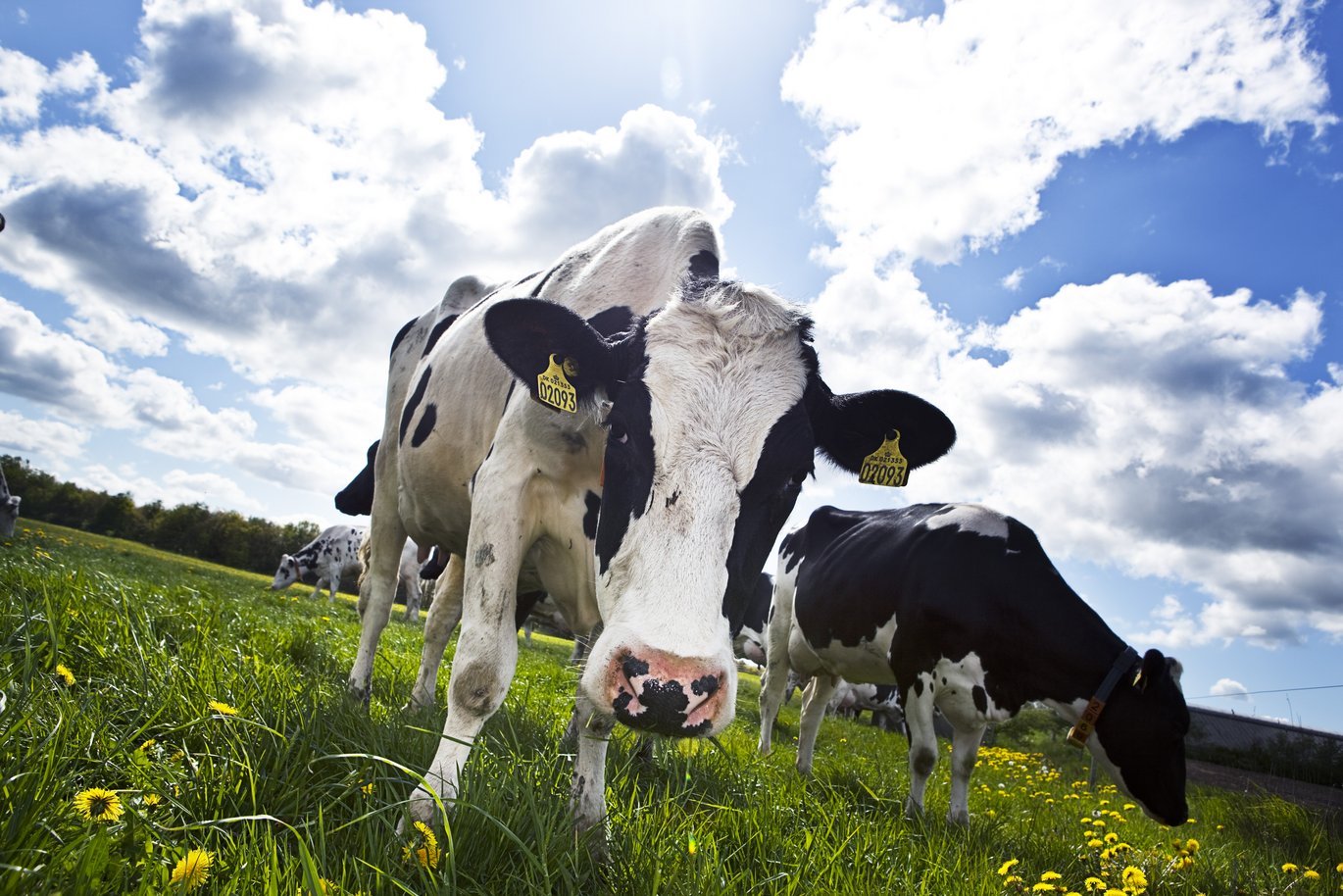Science and commerce collaborate on a unique monitoring system for cows
Scientists at Aarhus University are collaborating with Lyngsoe Systems on the development of a new monitoring system for cows to improve animal health and welfare and farm economy, and to reduce environmental impact.

COWTrack is the name of a new research project between animal scientists at Aarhus University and the logistics and integration software developer Lyngsoe Systems, which is based in Aars. The project has been given a financial helping hand as COWTrack at the end of 2012 was granted 9.5 million DKK from the Green Development and Demonstration Programme (GUDP) under The Danish AgriFish Agency.
The project partners have just started the project, which is designed to result in a system for the monitoring of cows based on so-called RFID-tags that have an inbuilt accelerometer and are able to measure the activity and position of cows and to transmit the collected data via radio signals.
The idea is that the system based on algorithms developed in the project will be able to continuously estimate eating behaviour and activity of individual cows. When the system records abnormal behaviour in a cow, the farmer will receive a text message and will be able to react quickly.
The special thing about the monitoring system is that it in contrast to other existing systems on the market is able to automatically measure the time a cow spends at the feed bunk.
- With COWTrack we will develop a monitoring system that can record the time spent by individual cows at the feed bunk. If a cow spends less time than normal at the feed bunk, it may indicate that there is something wrong with the cow, explains Peter Thomsen, senior scientist and an expert in cow health and welfare, and continues:
- Monitoring systems are becoming ever more important as the herd size continues to grow and farm workers in the loose housing systems are not able to monitor how much individual cows eat. This you could do in the oldfashioned tie stalls because cows were feed individual rations. In such systems, it was very obvious if a cow did not eat its ration.
Lyngsoe Systems’ part in the project is the development of a tag which will be attached to the cow’s neck strap.
- We will develop a robust tag suited to the taxing conditions in a loose housing barn. We need good data management with as few errors as possible, explains business development manager Keld Arenholt Christensen from Lyngsoe Systems.
Lyngsoe Systems has entered into the COWTrack project because they predict a large potential for the final product.
- We have 20 years’ experience within the field and by benchmarking against the other products on the market we can deliver a unique product because it can estimate eating behaviour. We also believe the product can be made more cheaply than the current solutions while creating a sounder basis for animal welfare in loose housing systems, insists Keld Arenholt Christensen.
Peter Thomsen’s approach to the project is primarily to ensure better health and welfare in dairy cattle herds and to deliver research that can be of practical use in agriculture.
- Diseases in cows are very costly. We believe that by being able to identify animals at a very early stage of disease, the farmer will be able to save a lot of money, says Peter Thomsen.
The parties expect to have a first prototype of the system ready around September.
Further information: Senior scientist Peter Thomsen, Department of Animal Science, telephone: +45 8715 7834, e-mail: petert.thomsen@agrsci.dk
